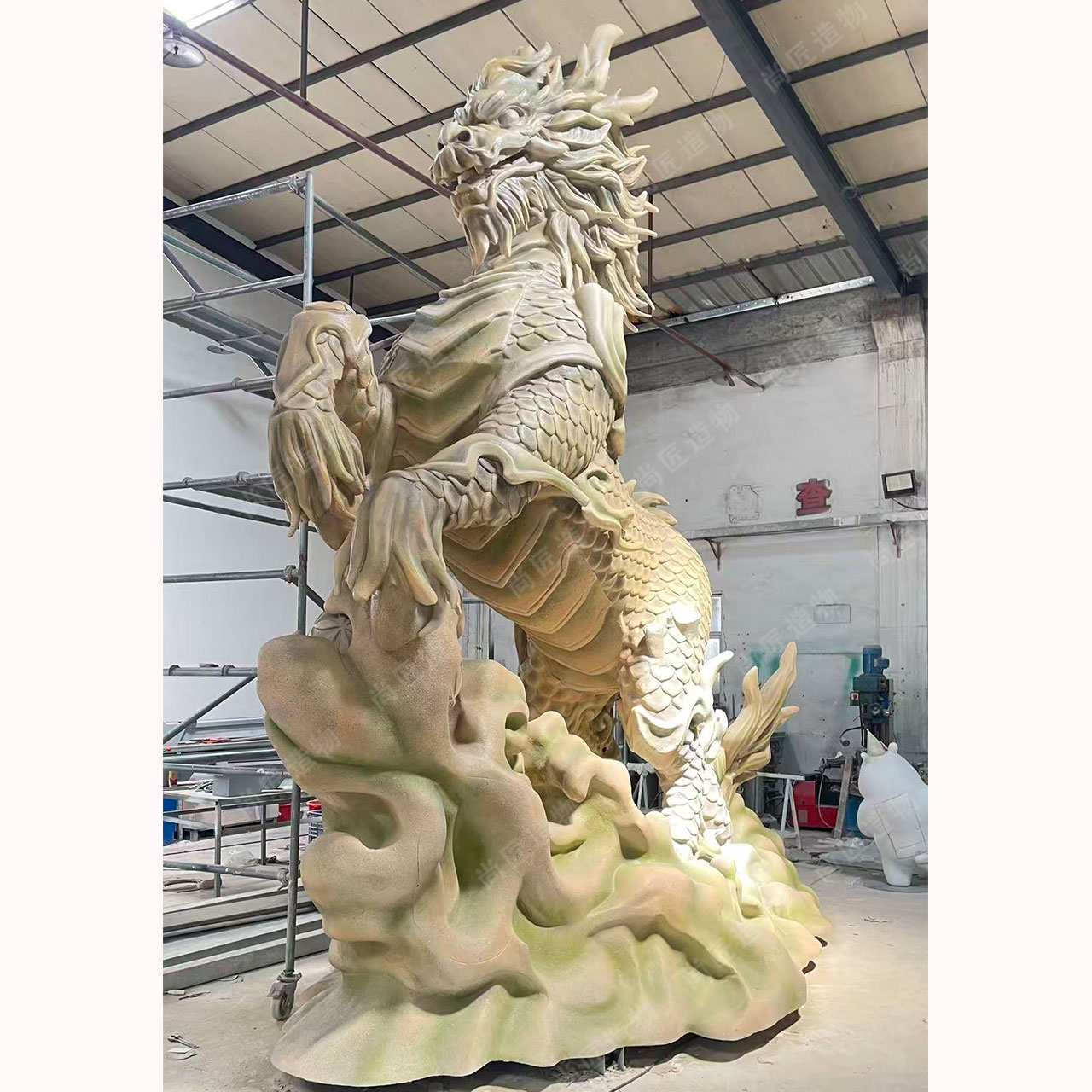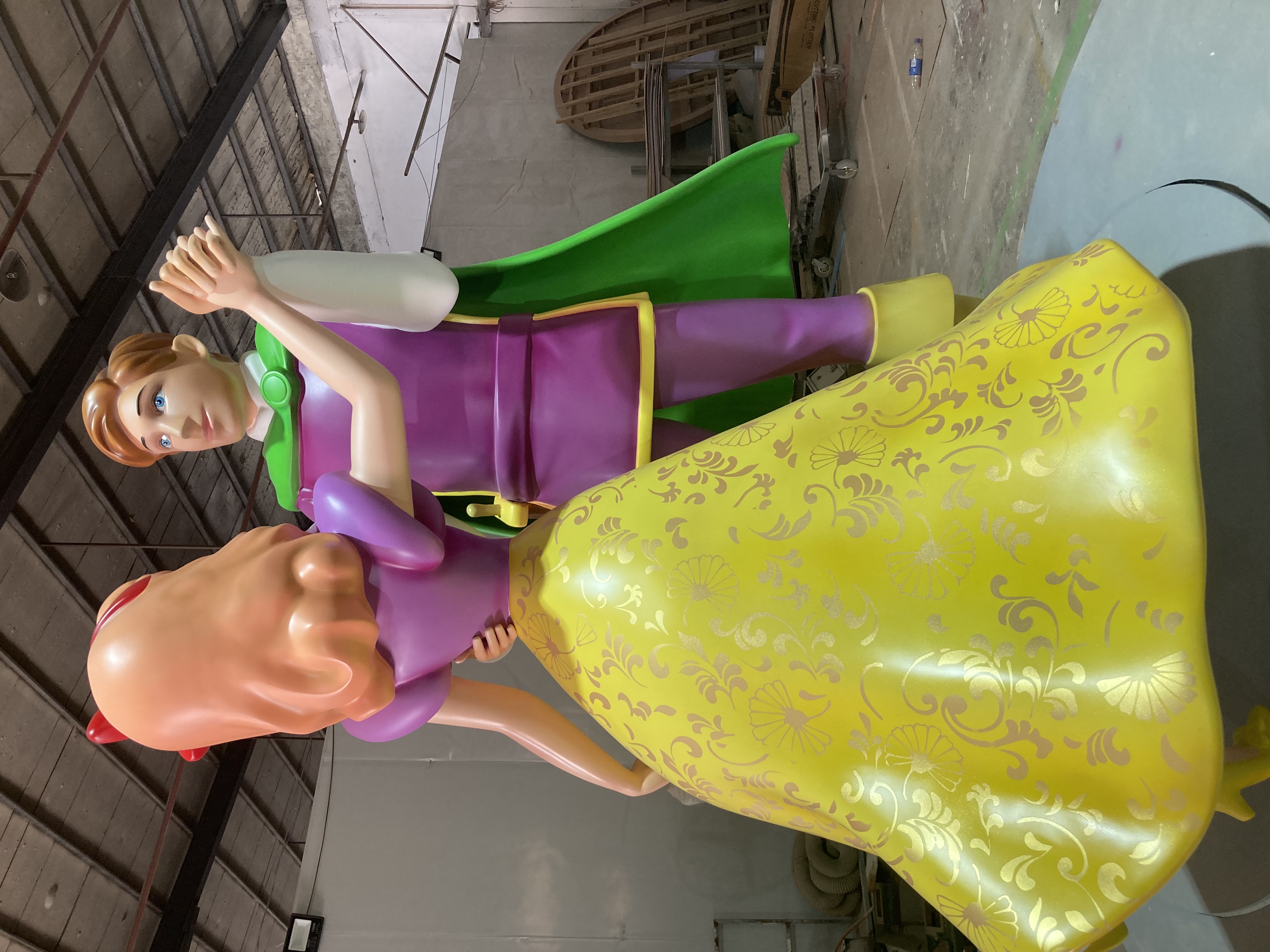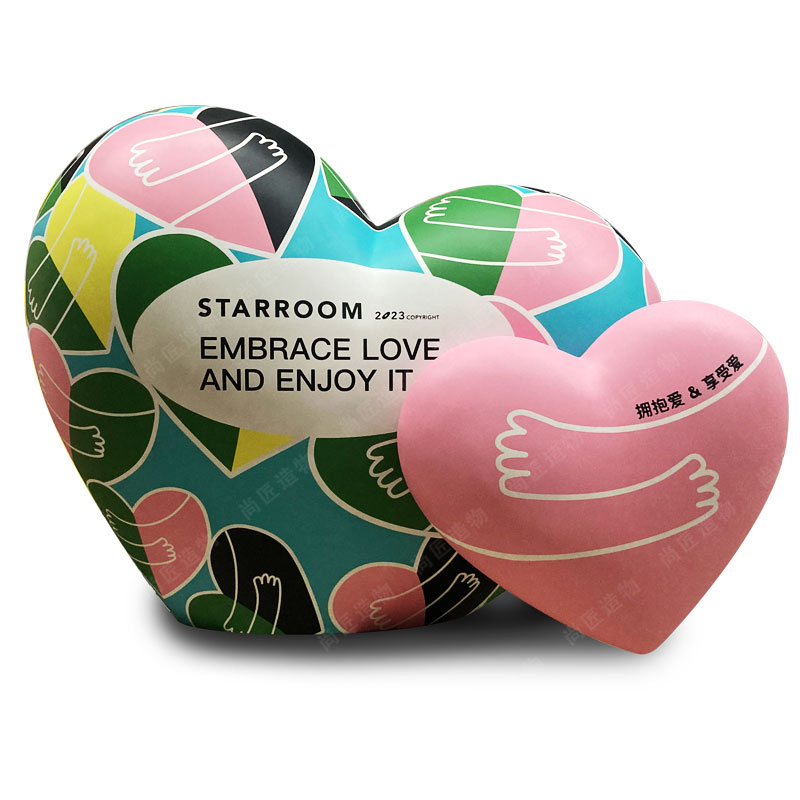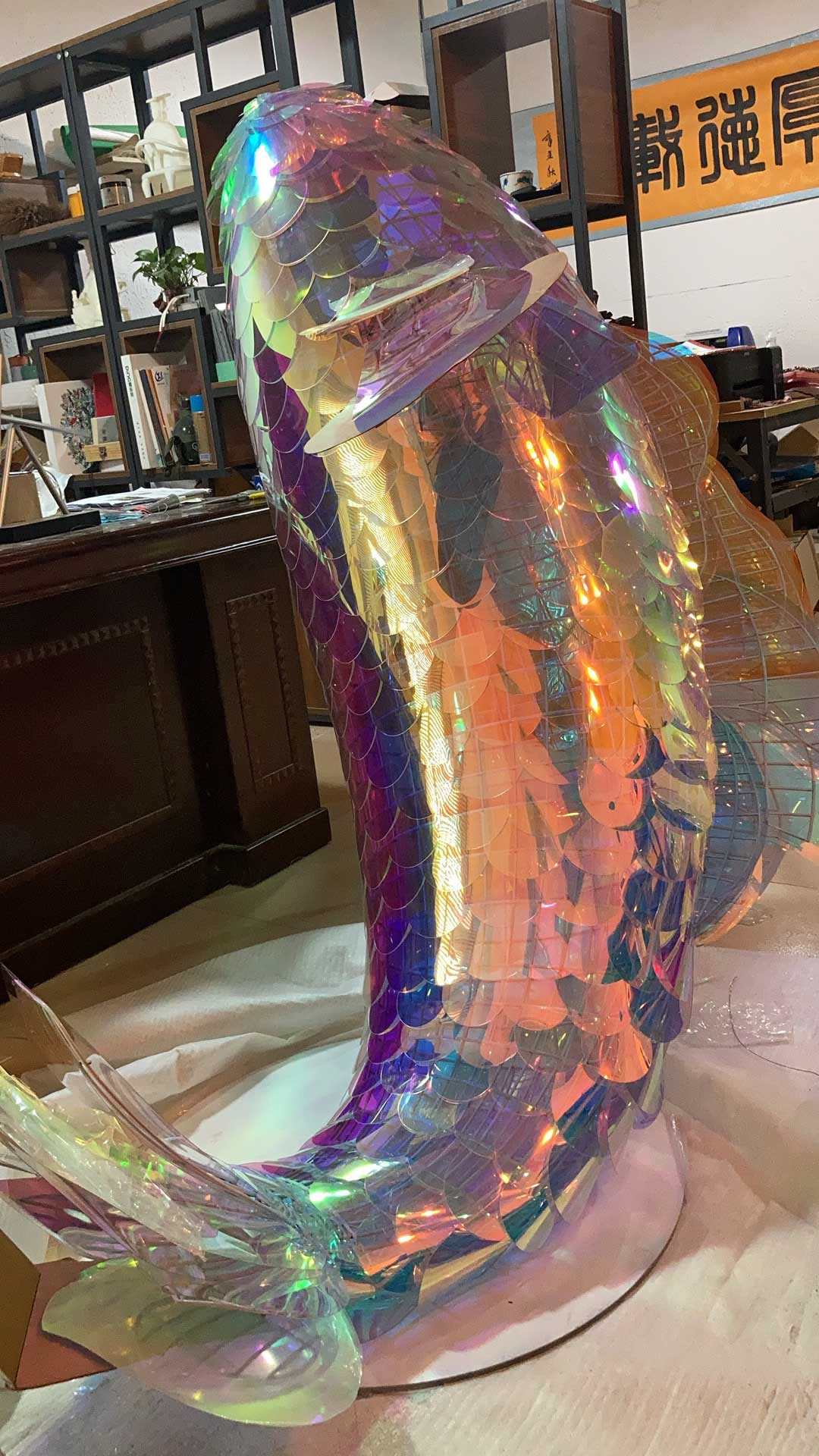Creating rust-resistant metal sculptures involves selecting suitable materials like stainless steel and aluminum for their durability and resistance to corrosion. Employing effective welding techniques ensures structural integrity, while protective coatings preserve the aesthetic and longevity of the pieces. Regular maintenance, including inspections and touch-ups, is crucial for keeping sculptures in optimal condition. Furthermore, considering design elements that enhance movement while protecting against environmental factors can contribute to the overall resilience of the artwork. By addressing these key factors, artists can create stunning pieces that endure through time in outdoor settings.
Creating Rust-Resistant Metal Sculptures for Outdoor Art
When creating outdoor metal sculptures, the choice of materials is crucial for durability. Opting for rust-resistant metals, such as stainless steel or aluminum, can significantly extend the life of your artwork. These metals not only resist corrosion but are also lightweight, which can be advantageous for larger installations.
Additionally, consider using square tubing and thick plates that allow for strong structural integrity while minimizing susceptibility to metal fatigue. Proper welding techniques are essential; avoid excessive heat that can weaken joints and lead to potential failures over time.
“Select materials that can withstand environmental stress and enhance stability.”
One effective protective method includes applying clear protective coatings such as specialized corrosion-resistant sprays. These coatings serve as a barrier against moisture and pollution, effectively preserving the sculpture’s finish. Regular maintenance checks and touch-ups are recommended to ensure the long-lasting beauty of your rust-resistant metal sculptures.
| Material Type | Corrosion Resistance | Weight | Weldability |
|---|---|---|---|
| Stainless Steel | Excellent | Moderate | High |
| Aluminum | Good | Light | High |
| Mild Steel | Fair | Heavy | Moderate |
Exploring these aspects ensures your outdoor art remains stunning and resilient through time. For additional resources on similar artistic approaches, check out Fiberglass sculpture.
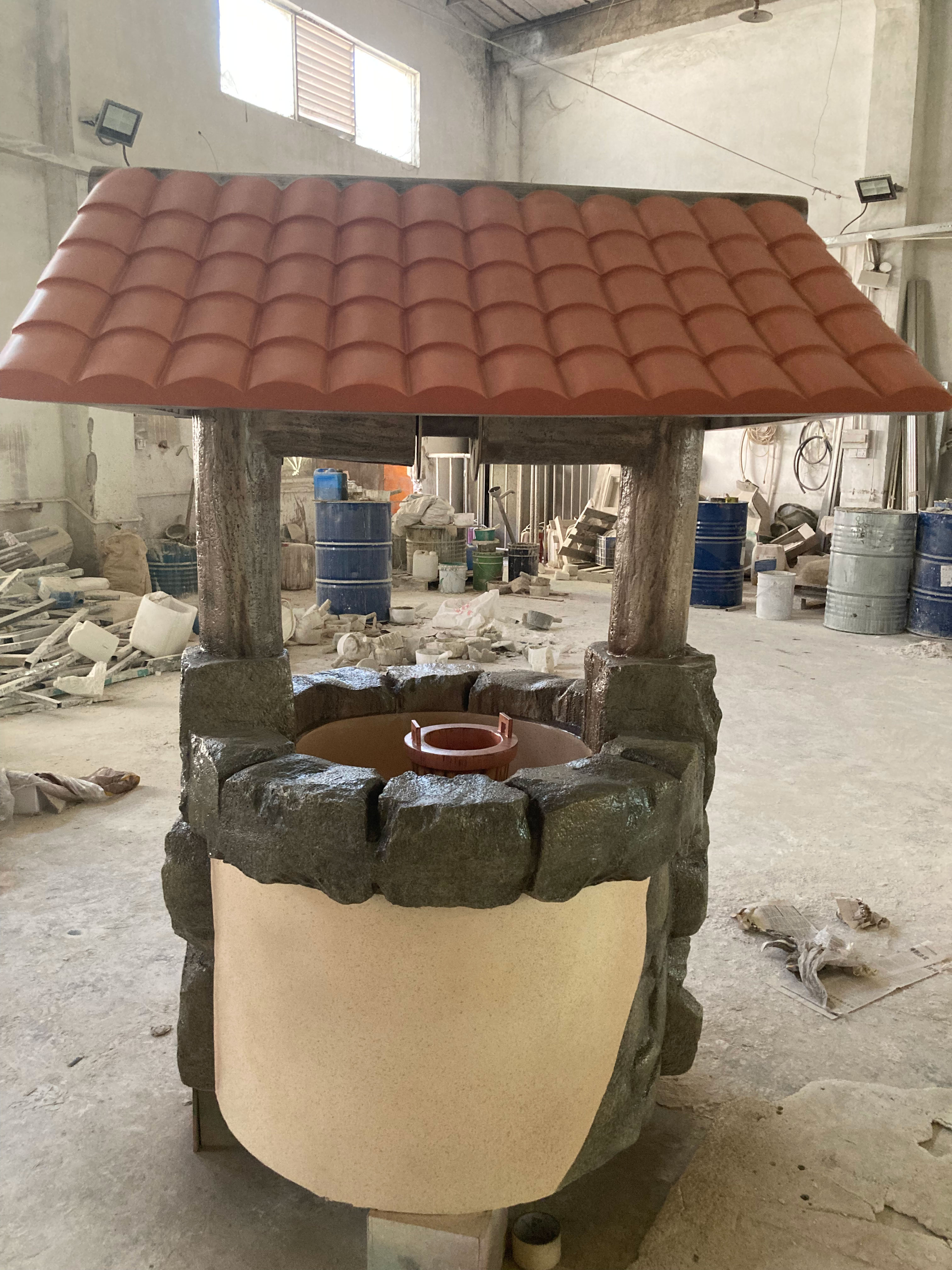
Choosing the Best Materials for Long-Lasting Sculptures
When crafting rust-resistant metal sculptures, the choice of materials is crucial. Metals such as stainless steel and aluminum are popular for their inherent corrosion resistance. Stainless steel offers strength and durability, making it suitable for large structures, while aluminum is lightweight and also resistant to rust. Square tubing in sizes of 2" to 4" can provide ample support, especially for larger works. Coupling these materials with appropriate thicknesses, like a 1/4” plate, enhances stability and extends lifespan. Additionally, considering welding techniques is essential; a solid joint can greatly influence the sculpture's durability under various environmental conditions. For more insights on innovative sculptures, check IP character sculpture.
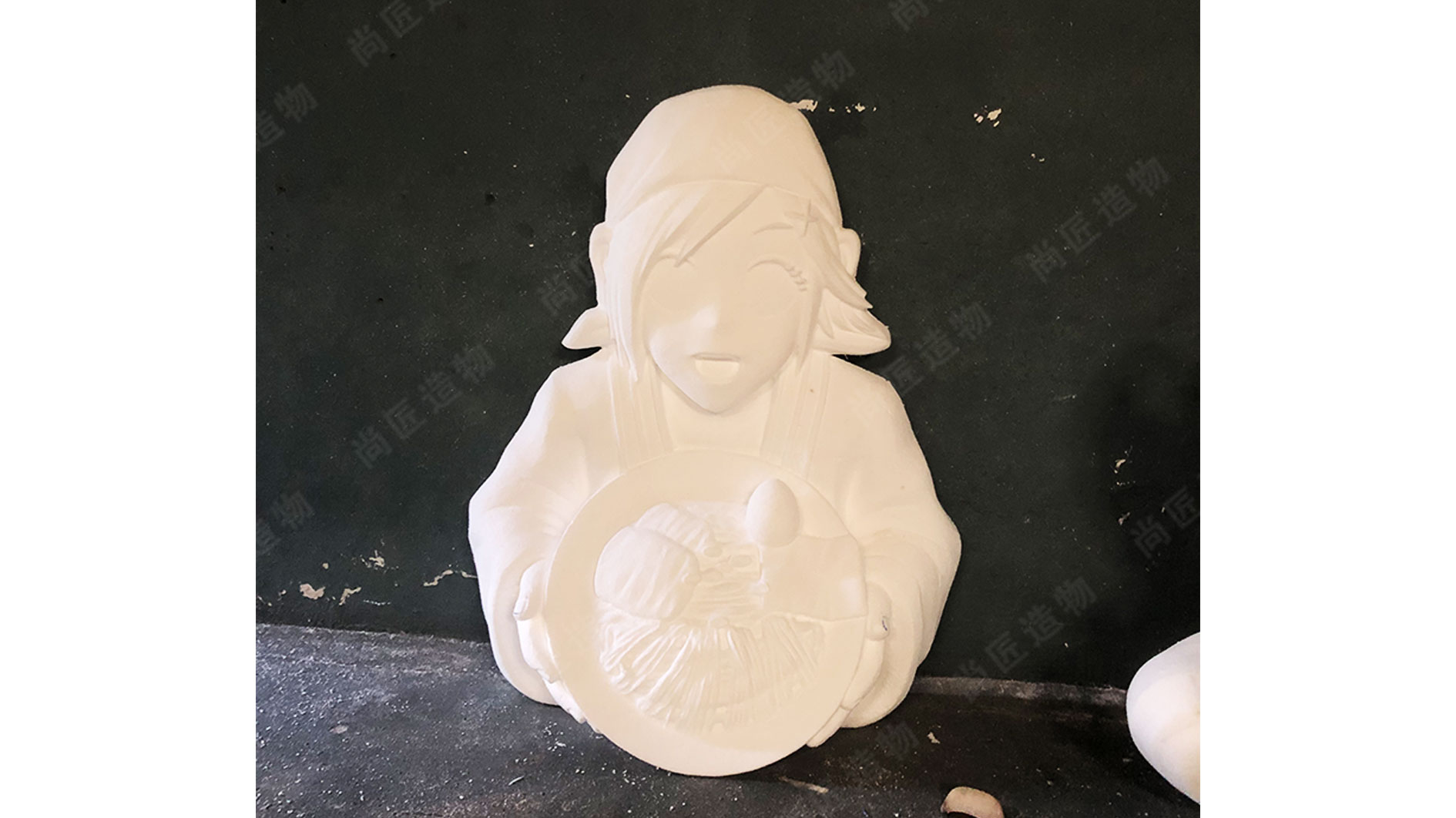
Welding Techniques for Durable Metal Art Creations
When crafting metal sculptures, especially those intended for outdoor display, choosing the right welding techniques is crucial. MIG welding is often recommended for its speed and versatility, allowing for strong joins between various metals without excessive heat distortion. Similarly, TIG welding offers precision and control, making it ideal for intricate designs or thinner materials. Both methods create clean welds that enhance the overall durability of the piece. Additionally, it’s wise to consider pre-welding treatments like cleaning surfaces thoroughly to remove dirt or oxidation. By ensuring a good foundation, artists can minimize potential weaknesses that may lead to metal fatigue over time. The choice of filler metal also plays a significant role; it should match or exceed the properties of the base materials used in the sculpture. Ultimately, these approaches enhance not just structural integrity but also prepare the sculpture for effective corrosion resistance, ensuring lasting beauty in any outdoor environment. For those interested in mechanics and movement within their pieces, exploring Kinetic sculpturecan provide exciting insights on integrating dynamic elements while preserving strength through proper welding techniques.
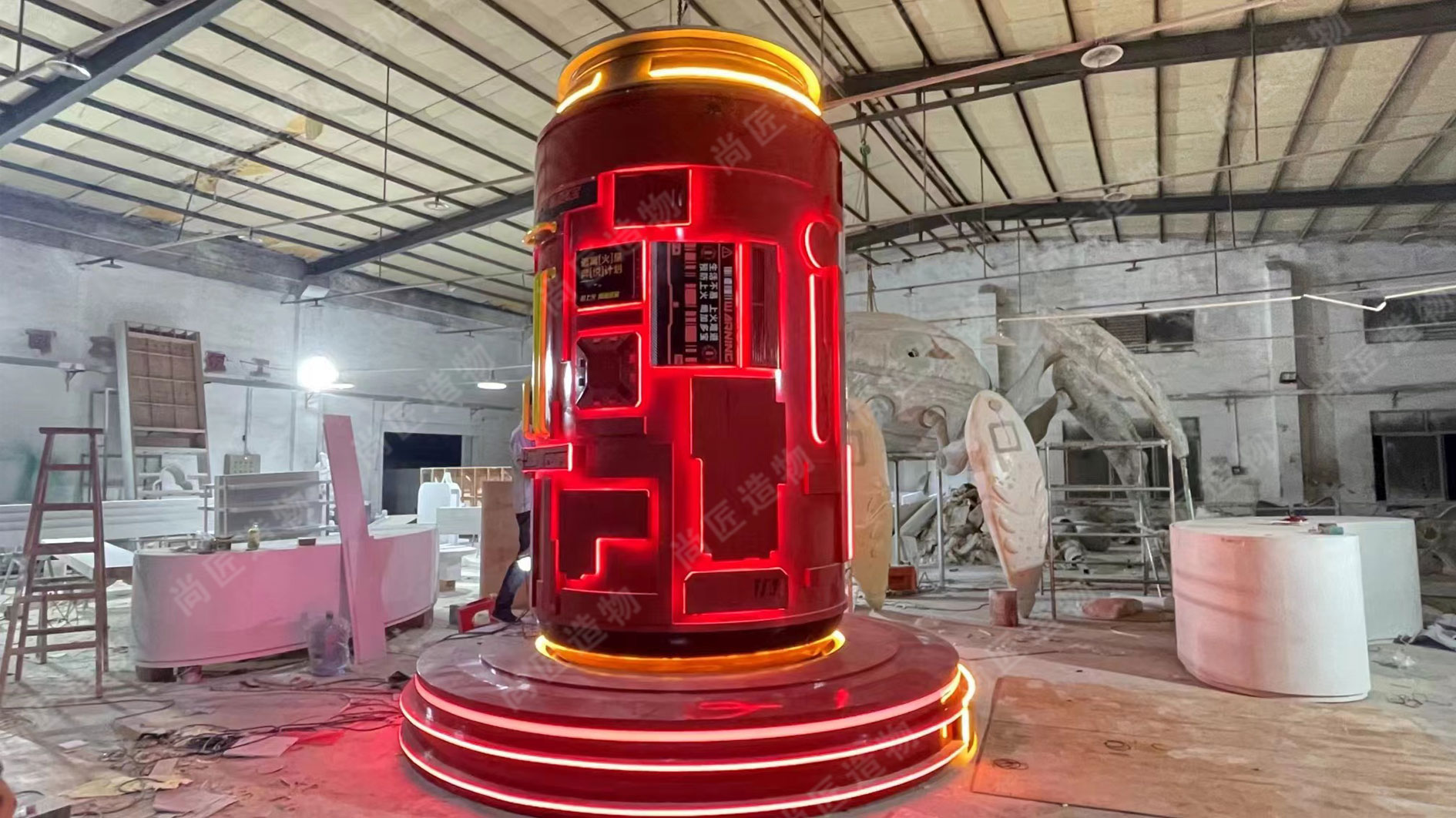
Applying Protective Coatings to Enhance Sculpture Longevity
To ensure the longevity of rust-resistant metal sculptures, applying the right protective coatings is essential. Various coatings can create a barrier against corrosion and environmental factors. Common options include clear acrylics, polyurethane, and epoxy finishes, which all provide a durable layer that protects the underlying metal. These coatings not only enhance the sculpture's aesthetic appeal but also minimize maintenance needs over time. It is crucial to select products specifically designed for outdoor use, as they offer better resistance to UV rays and moisture. Furthermore, proper surface preparation before application will enhance adhesion and overall performance of the coating, ensuring that your artwork maintains its stunning finish for years to come.
Designing Moving Sculptures with Corrosion Resistance in Mind
When designing moving sculptures, it is essential to prioritize corrosion resistance without compromising artistic integrity. Selecting materials like stainless steel or aluminum can significantly enhance durability, as these metals naturally resist rust and corrosion. The design should account for joints and moving parts, ensuring they are well-sealed and protected from moisture penetration. Using corrosion-resistant fasteners can prevent rust from forming at critical connection points. Additionally, integrating dynamic elements such as bearings or bushings can facilitate smooth movement while reducing wear over time. Thoughtful design choices focused on environmental exposure will help maintain the sculpture's aesthetic appeal while enhancing its longevity in outdoor settings.
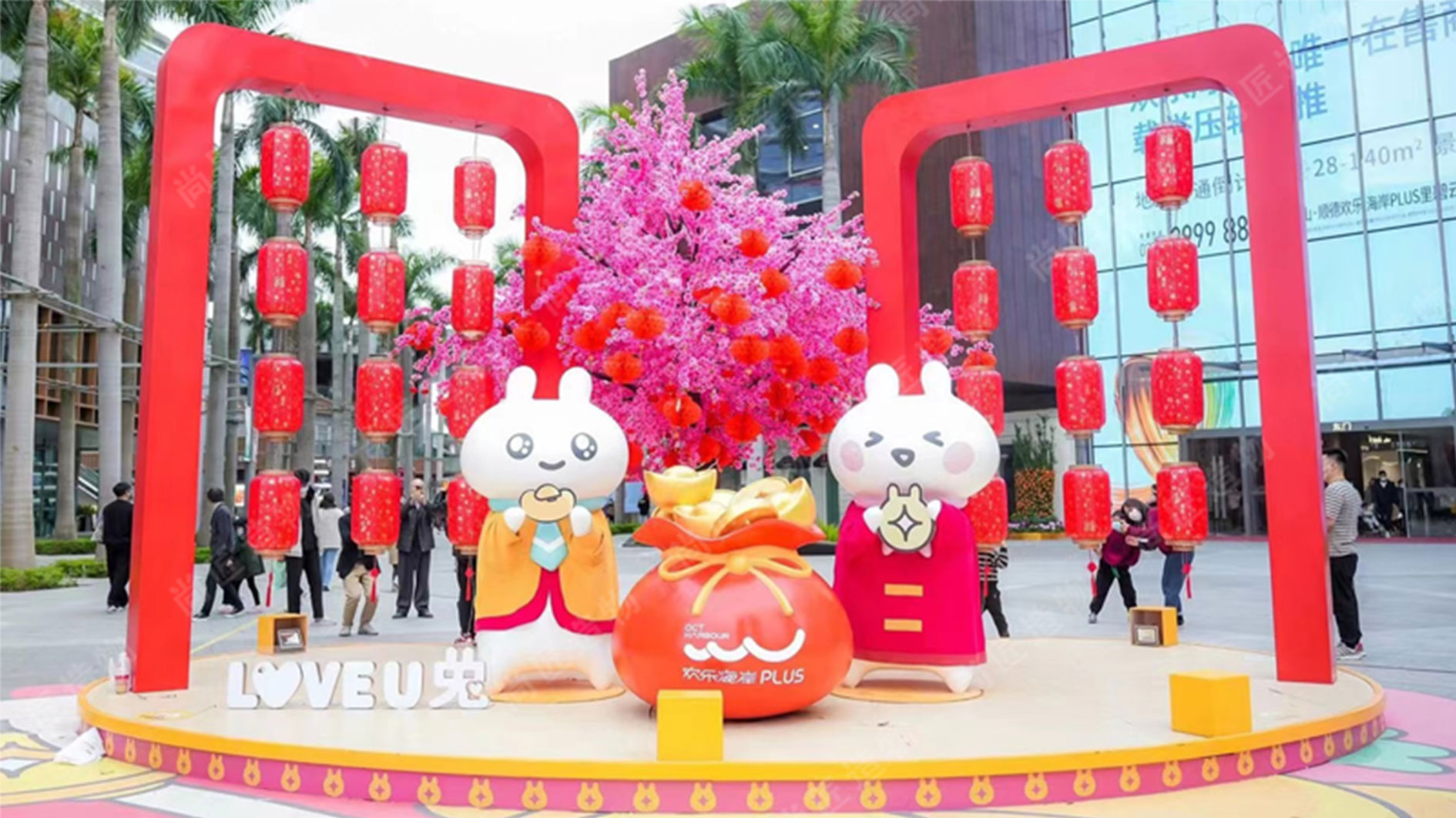
Maintenance Tips for Preserving Rust-Resistant Metal Art
To keep your rust-resistant metal sculptures looking great, regular maintenance is essential. First, it’s important to inspect the surface for any signs of wear or damage. Look for scratches or areas where the protective coating may have worn thin. If you spot any issues, clean the area gently with a soft cloth and mild soap solution to remove dirt and debris. Rinse and dry thoroughly to prevent moisture build-up.
For added protection, consider reapplying a corrosion-resistant clear coat every few years, especially for sculptures exposed to harsh weather conditions. This step can help maintain the luster and finish of your artwork. It’s also wise to place sculptures in locations where they are less likely to face direct exposure to rain or extreme temperatures. By following these simple maintenance tips, you can ensure your sculptures remain stunning and resilient against rust and corrosion over time.
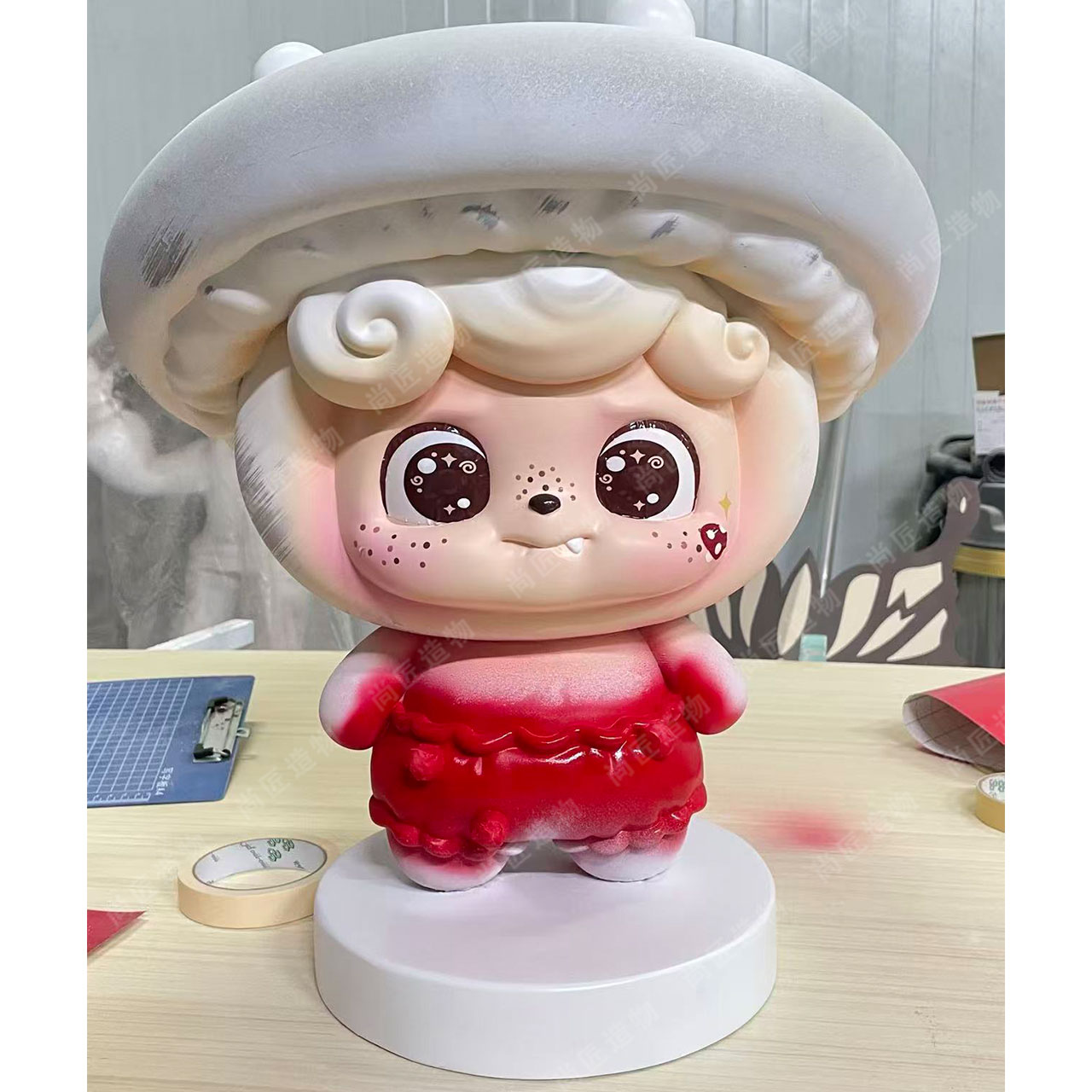
Exploring Structural Considerations for Large Outdoor Sculptures
When creating large outdoor sculptures, structural integrity is vital to ensure the piece withstands various environmental conditions. The choice of materials, such as square tubing and thick plates, influences both the durability and weight of the sculpture. It is important to consider how these materials interact under stress, as welding techniques can affect the overall stability. For instance, using strong welds can enhance load-bearing capacity, helping to resist wind and other forces. Additionally, incorporating a strong base is crucial for balance. Combining a solid foundation with appropriate bracing strategies can mitigate risks associated with metal fatigue and environmental wear. Attention to these structural details not only aids in durability but also enhances the aesthetic appeal of moving sculptures in public spaces.
Conclusion
Creating rust-resistant metal sculptures involves careful planning and consideration of various elements, including materials, techniques, and maintenance. By selecting suitable metals like stainless steel and aluminum, artists can enhance the longevity of their sculptures. Effective welding practices and applying protective coatings further strengthen these pieces against environmental challenges. Additionally, regular maintenance plays a crucial role in preserving their beauty and functionality. Overall, a well-thought-out approach ensures that moving metal sculptures not only captivate viewers but also withstand the test of time in outdoor settings.
FAQs
What are the best materials for rust-resistant metal sculptures?
The best materials include stainless steel and aluminum, as they are naturally resistant to rust and corrosion.
How can I enhance the durability of my outdoor sculptures?
Using strong welding techniques and applying protective coatings can significantly enhance the durability of outdoor sculptures.
What type of protective coatings should I use?
Clear acrylics, polyurethane, and epoxy finishes are recommended for providing a durable barrier against environmental factors.
How often should I maintain my metal sculptures?
Regular inspections every few months are suggested to check for any wear or damage, followed by reapplication of protective coatings as needed.
Can dynamic elements be added to rust-resistant sculptures?
Yes, incorporating bearings or bushings facilitates movement while maintaining structure integrity in moving sculptures.
 ch
ch English
English

